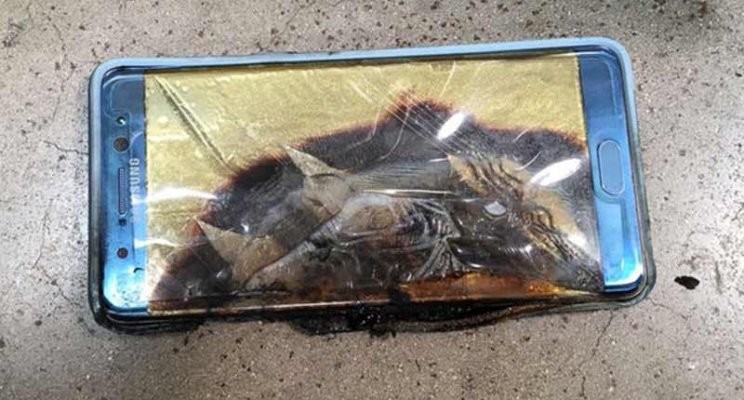
Our Phones Catch on Fire? Shh... don't tell anyone
Successful communicators know having a Crisis Communication plan is essential. Their plan is reviewed regularly; talking points/lines to take are vetted and approved for different scenarios.
The team, even if you are a team of one, all know their role and the process that has been defined.
A prepared team collaborate, and are able to manage their communications in real-time.
My Phone is On Fire!
Samsung’s Galaxy Note 7 started to catch fire and explode early in September 2016 just two weeks after being rolled out on August 19th. (Not to be confused with the Galaxy S7 which is not catching on fire.)
The cause was thought to be a faulty battery. A recall was issued for 2.5M devices (updated recall notice http://www.samsung.com/us/note7recall/) and sales were halted.
The hazard the product presented to consumers initially was handled with what seemed to be a structured response. The public was informed and a clear call to action was issued.
A Sterling Brand Reputation
The standard bearer for crisis Communication and response in product recall is Johnson & Johnson and how the Tylenol tampering issue was addressed. Johnson & Johnson had a sterling reputation before the crisis hit.
Even as a child I understood that the brand was in danger. My biggest worry was that my mom would not buy BAND-AID® bandages any longer. (Oh the worries of a child)
However, the brand survived and came out stronger for several reasons:
1. A clear recall plan with a level of transparency that had not been seen before.
2. Investment by the brand to fully understand the issue before putting a remediation plan together
3. A comprehensive plan to address the issue in the short and long term
4. A marketing strategy to rebuild brand trust and loyalty
Johnson & Johnson set a standard for crisis communication that will continue to be referenced, but they did something else as well. Their response also created a new standard for product safety measures.
This was all happening before the advent of social media where rumors and news are near real-time. Johnson & Johnson demonstrated crisis does not need to equate to ruin for a brand. Tylenol is the third most popular over-the-counter pain reliever with over $203M in annual sales.
What happened to Samsung?
After the new phones were issued to customers exchanging their ‘old’ phone new reports of the same issue were reported.
Here is where a swift initial response did not benefit Samsung. Engineers did not fully vet and test the new product to ensure safety. It seemed the goal was to get the product back on the market as quickly as possible.
What really hit Samsung in the gut though was not communicating that the new phones are having an issue immediately.
There is no room for procrastination in crisis communication in the always on world we now live.
Here is where the swift response has left Samsung
- Last week Samsung announced it will discontinue the Galaxy Note 7.
- Last week Samsung’s stock has taken a hit and dropped nearly 8%.
- Last week Samsung has provided competitors with the opportunity to snap up 2.5 million customers.
- Last week Samsung said it expects to remove $5B off of its operating profit through March 2017.
- Last week the execution of a crisis communication plan appears to not to have been employed.
- This week airlines in Australia, Europe and Asia have banned the device due to the fire risk it presents to the safety of the plane.
Don't let ego and the bottom line dictate a protectionist attitude.
Own the problem. Take the time to find the root cause. Offer a solution. Test, test and test again.
Be transparent and communicate with your customers